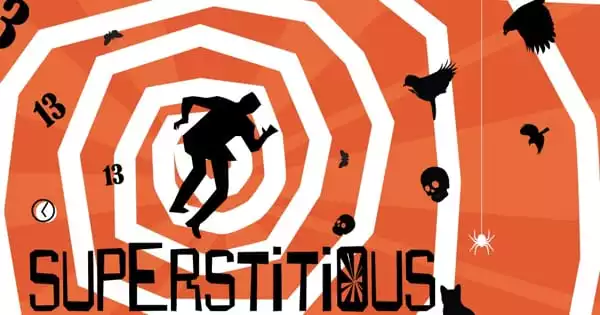Singapore, my neighboring country, is a stable and prosperous multi-racial city-state. Furthermore, it has a reputation for being free of corruption. As a result, it attracts both tourists and potential residents. Because Singapore is a small country, many of its residents prefer to travel abroad to escape the fast-paced city life. As a result, both foreigners and locals will need to visit the Immigration and Checkpoints Authority (ICA) building at least once.
The grey, the multi-story structure is located next to the Lavender MRT (mass rapid transit) station. It receives a steady stream of visitors from the station or the nearby bus stop from dawn to dusk. The majority of them make a beeline for the building because the surrounding structures are a jumble of drab warehouses and scattered residential buildings.
The structure itself is divided into several levels to accommodate the various needs of the visitors. People come here to apply for, renew, extend, or collect passports, as well as forms or passes related to residence, immigration, or citizenship.
The information counters are usually the first stop for a visitor. At that point, his request will be assigned a queue number at a specific counter. He will then proceed to the appropriate storey and counter. Once there, the individual will either wait patiently or impatiently for the always-busy clerks to call out his number. Then he’ll gather his forms, photographs, and other documents in order to process that all-important document, which will either allow him to visit the overseas country he’s longing to visit (for a local) or allow him to stay in this country for a while longer (for a foreigner).
Immigration Officers work in office booths behind closed doors. He or she will occasionally come out to clarify something or hand over some paperwork to the clerks. When people are led into the offices, they will be interviewed about the issue of the documents they are requesting. The merits of their case will be considered in accordance with rules and regulations, and their case will proceed in accordance with due process, as this is a country that takes pride in its ‘clean’ and efficient reputation.
There will be people of various races and cultures present. People arrive early in the morning, patiently waiting for the doors to open and avoiding the crush of public applicants who arrive later. The crowds reach their peak just before lunch.
Many people will go to the canteen on the ground floor at this time. A casual observer will overhear topics of conversation ranging from foreign vacations to difficulties in applying for citizenship. However, the mouths’ primary function here is to receive food for the hungry stomachs.
By 4 p.m., the crowds have thinned. More people will be seen leaving the building than entering it. The building’s doors will close promptly at 5 p.m. When dusk falls and the evening shadows lengthen, the place becomes silent and deserted. The building and its staff will rest and recharge in preparation for another busy day when the doors reopen.
















